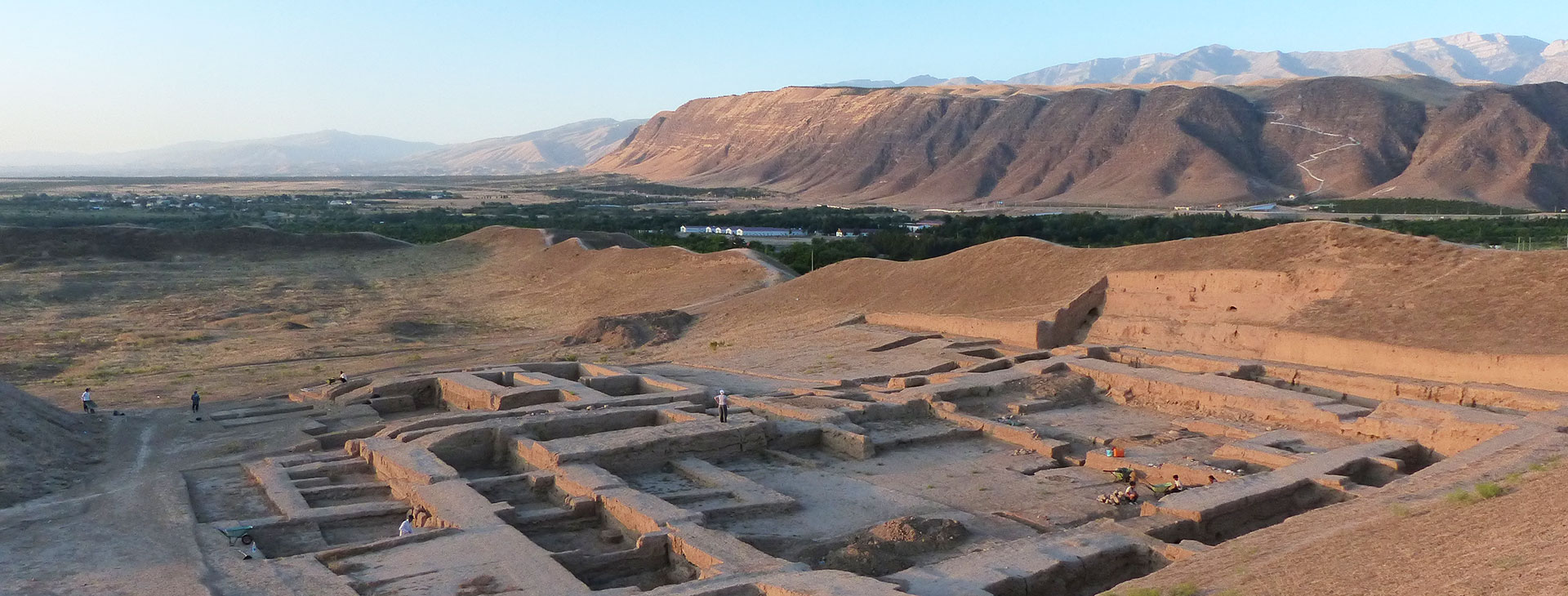Old Nisa, located near Ashgabat in Turkmenistan, is a significant archaeological site and one of the ancient capitals of the Parthian Empire. Recent excavations and studies, particularly through international collaborations like the Turkmen-Italian Archaeological Project, have uncovered fascinating details about this historic location. Old Nisa was home to monumental structures, believed to have served royal and ceremonial purposes. Among the discoveries are intricately decorated rhytons (horn-shaped vessels) used in rituals, showcasing a blend of Persian and Greek artistic influences. These artifacts, along with fortifications and a treasury complex, highlight the cultural and architectural richness of the Parthian period.
The site has been the focus of archaeological efforts since the 1930s, with significant progress made in understanding the layout and purpose of the structures, particularly the "Square House," which may have been a royal treasury. In recent years, new monumental buildings have been uncovered, emphasizing the diverse and sophisticated character of Parthian architecture. The excavations have not only expanded knowledge of ancient Parthian culture but have also reinforced Old Nisa's importance as a historical and cultural landmark in Turkmenistan, contributing to its status as a UNESCO World Heritage Site.


